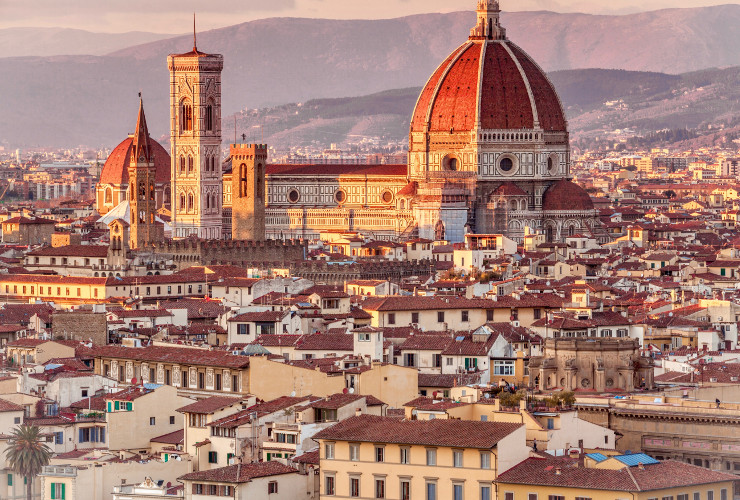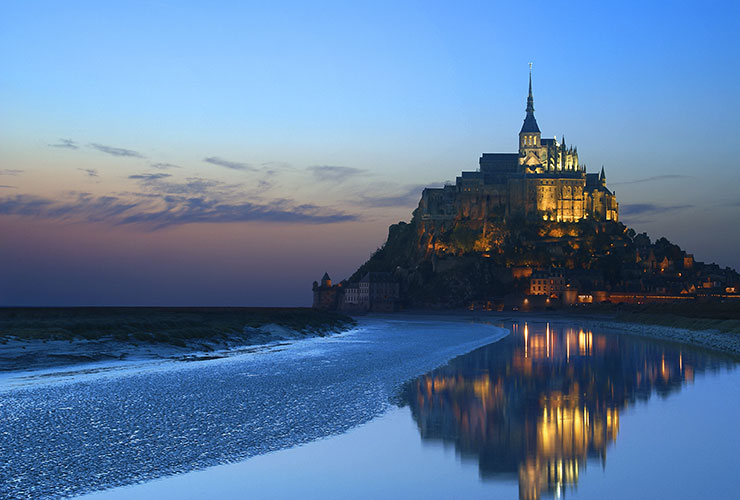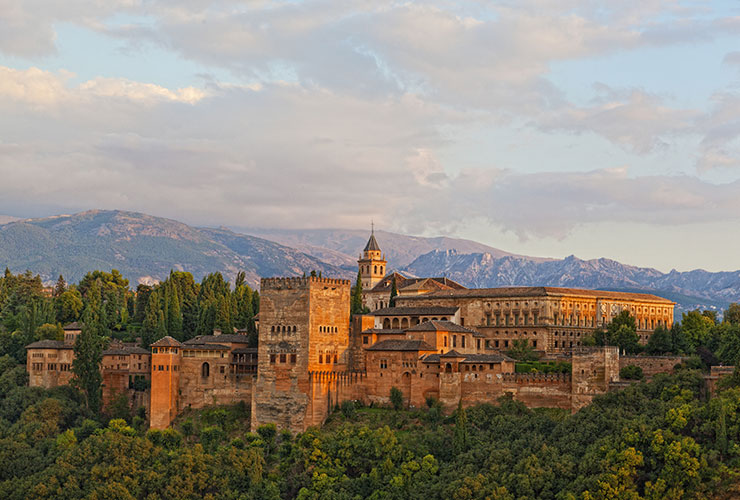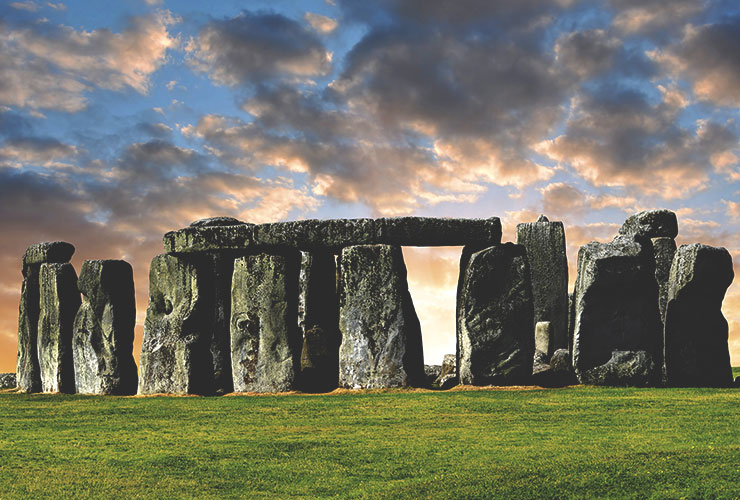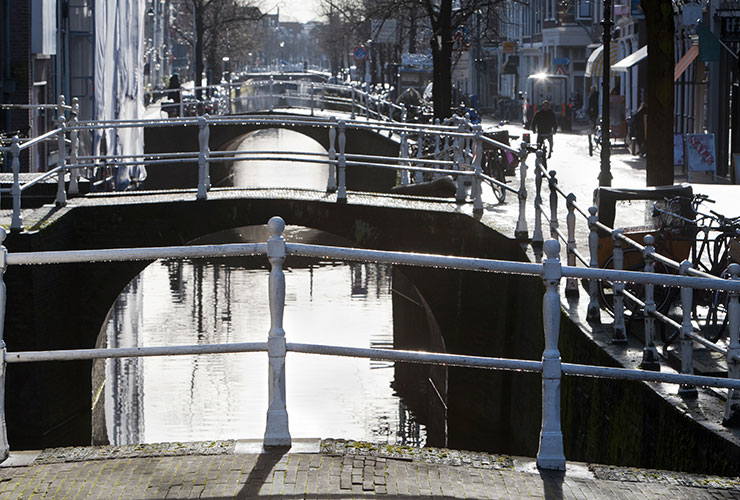Classic Music Experience
A trip to Austria would not be the same without a visit to the opera or a concert. Music is a tradition that Austrians have upheld for centuries and continue with great enthusiasm. No other country can claim such an outstanding history of composers who either originated from or made their mark in Austria.
Vienna was the favored setting for the artistic experience and development of some of the most well known classical composers. For ages epithets like “City of Music” or “Waltzing Capital” have been associated with the city’s description. Strauss and Schubert were born in Vienna. Every year welcomes the New Year with a spectacular concert broadcast from the concert hall of Musikverein all over the world that always includes Strauss’ memorable Blue Danube waltz.
Opening in 1868 with a staging of Don Giovanni, the Viennese Opera House offers a different program almost every day during the theatre season. Austria’s cultural offerings include over 200 festivals throughout the country. From mid July till the end of August the Salzburg Festival has since 1920 been a yearly cultural highlight where thousands of artists appear on the stage of this beautiful alpine city. Here you can visit the residence and birthplace of Salzburg’s favorite son, W. A. Mozart. Salzburg is a city where you still feel the “child prodigy’s” musical genius during its summer festival.
Musical notes travel to the farthest corners, and it seems that Mozart and the journey are two concepts that cannot be separated. For instance, a specific ‘Mozart Orchestra” travels every year across Europe entertaining crowds everywhere they go. Mozart himself composed some of his finest sonatas like the Piano Sonata No. 11 (more commonly known for its third movement called Rondò or Turkish March) during his travels, giving captivating movement to his compositions that remains forever unforgettable to everyone experiencing them.
And this may indeed happen to you as well. Perhaps it will be in a Baroque palace in Salzburg, at the Opera House in Vienna or in a natural beautiful setting where you will enjoy a distinguished first-class musical experience. The options are plentiful when it comes to musical experiences in Austria and we can easily reserve tickets for you at any venue.
Prague Architectural Experience
Walking along the streets of Prague is like flipping through a book on European architecture. On this tour you will discover thousands of years of architectural styles, all while learning about the historical context that shaped the specific designs revealing the history and symbolic aspects that influenced and created this country.
Thankfully, Prague was spared the tragic fate that so many other European cities suffered during World War II. The city grew with each new era, leaving distinct stylistic impressions along streets and throughout neighborhoods. The historical center of Prague is a gallery of architectural styles: Romanesque, Gothic, Renaissance, Baroque, Art Nouveau, and Cubism all mingle to form a spectacular and unique cityscape.
As the political and cultural center of Europe during the Middle Ages, Prague saw its largest growth during the reign of Charles IV. During this time the Archbishop Palace was built and the city’s university was established. Further Gothic building developments include Charles Bridge and the Old New Synagogue, the oldest in Europe. Perhaps the most well-known Gothic place in Prague, however, remains the Castle, found at the end of the Royal Route.
Yet, the real essence of the city is found in its Baroque culture and heritage. Prague would be hard to imagine without its baroque churches and their beautiful fresco ceilings, without its aristocratic and spectacular palaces and gardens, statues of saints, fountains and towers spread across the city. In large part thanks to the ruling Habsburg dynasty that settled in the city during the 17th century, the best Baroque architects, painters and sculptors of the time shaped the lines of the city.
Early 20th century Liberty Style gems include the Luserna Palace, designed by the founder of Modernism in the Czech Republic, Jan Kotera. Today the art nouveau styled palace houses shops and bars. Kotera’s pupil, Josef Goncar, was in turn the originator of the House of the Black Madonna, a prime example of architectural Czech Cubism. A recent example of Contemporary architecture is the building known as the Dancing House. Located on the bank of the river Vltava that traverses the city, the Nationale-Nederlanden bank building was nicknamed the Dancing House as it inspires the suggestion of two famous dancers, Fred Astaire and Ginger Rogers. When you stand in front of the building you will discover exactly why this association was made.
There is no better place to visit than Prague if you wish to travel through ten centuries of time and experience all the major architectural styles and movements.
Schönbrunn Palace Experience
Many European palaces have drawn inspiration from the Palace of Versailles in France, one of the most imitated Baroque architecture buildings anywhere. The Schönbrunn Palace in Vienna was built with the aim to rival the French imperial residence. Arguably it may have reached and perhaps even exceeded its French model in beauty and magnificence.
Beginning in the late 16th century, the Catholic Church encouraged the popularity and success of the Baroque style. Contrary to the goals of the Protestant Reformation, Catholic clergymen decided that art should communicate religious themes in a direct and emotional manner. The aristocracy also recognized the dramatic impact of the Baroque style and used it to impress visitors and to express triumph and power.
In 1559 Emperor Maximilian II bought the Kattenburg hunting lodge. According to legend, during a hunting excursion in 1612 Emperor Matthias discovered the “fair spring” (schöner Brunnen) that was later to give the estate the name by which it would become known. Over the centuries the palace has been expanded to become the most beautiful imperial palace in Austria and in 1996 it was declared a UNESCO World Cultural Heritage site. Empress Maria Theresa was the first who decided to make this former hunting chalet the Habsburg summer residence, giving it its current Baroque design and yellow exterior color. Its distinctive color has become symbolic for the palace and it is indeed known as “yellow Schönbrunn” because of the distinct color of its façade that welcomes visitors from afar.
A visit to Schönbrunn begins with the Blue Staircase that giving access to the imperial apartments of Franz Joseph and Empress Elisabeth (Sissi). The 40 Rococo style apartments are the real pleasure of the palace. Stucco, decorations, furniture and chandeliers reveal the dominant style of that period. The rooms of Maria Theresa of Austria, the Great Gallery and the Porcelain Room reveal the life of the Hapsburgs. In the Yellow Salon you will admire the precious Louis XVI style secrétaire that belonged to Marie Antoinette. In the Hall of Mirrors the only 6-year old Mozart played for the first time. Outside enjoy the beautiful gardens and get lost in the large labyrinth and the maze.
Some of the main protagonists of history have passed through the 1440 rooms of Schönbrunn Palace. It was here Napoleon established his headquarter and here that the Congress of Vienna sanctioned its end.
 Hire Expertise
Hire Expertise Bespoke Itineraries
Bespoke Itineraries Travel Carefree
Travel Carefree